Related Topics
Starting From The Beginning
When did you start listening to the podcast? Have a favorite episode? Let Stephen and Parker know which is your favorite.
Let’s Segway into the Next Topic
AI and ChatGPT have been in the news about how it will change world views or will it be relegated, making sure NPCs in video games don’t repeat dialog?
The Wheels Are Finally Off
How easy is it to make a retro gaming console? Stephen breaks down his design and build criteria that involves no custom PCBs.
Other Resources
Circuit Break Podcast
Webinars
Videos
Tour MacroFab's ITAR-Compliant Facility
July 8, 2016, Episode #23
- Dactyl Nightmare – One of the first demonstrations of virtual reality used in a video game at the mall of America in the early 90s.
- Sony/Nintendo Console – Before Sony created the Playstation, they had partnered with Nintendo to create a SNES console. The Ben Heck show has a tear down of the device.
- SNES Star Fox Voices – Ben shows us his excellent talent of emulating the voices of the characters from the Super Nintendo Star Fox game.
- Parker and Ben tell the story of how they met at the Midwest Gaming Classic.
- Pinheck System – Parker and Ben discuss in detail the design of the Pinheck Pinball System. This control system is used in the America’s most haunted pinball maching made by Spooky Pinball.
- We determined that the Parallax Propeller utilizes the Von Neumann architecture as opposed to the Harvard architecture for its program memory.
- Adafruit recently had an interview with Matt Berggren, the director of Autodesk circuits, to talk about the future of Eagle. Read the interview.
- Mega Processor – A massive, discrete-level processor designed by James Newman which uses over 42,000 transistors is finally complete. See his megaprocessor project.
- A clone of the Apollo Guidance computer, the computer that brought astronauts to the moon and back, has been built by John Pultorak. Review the schematics here.
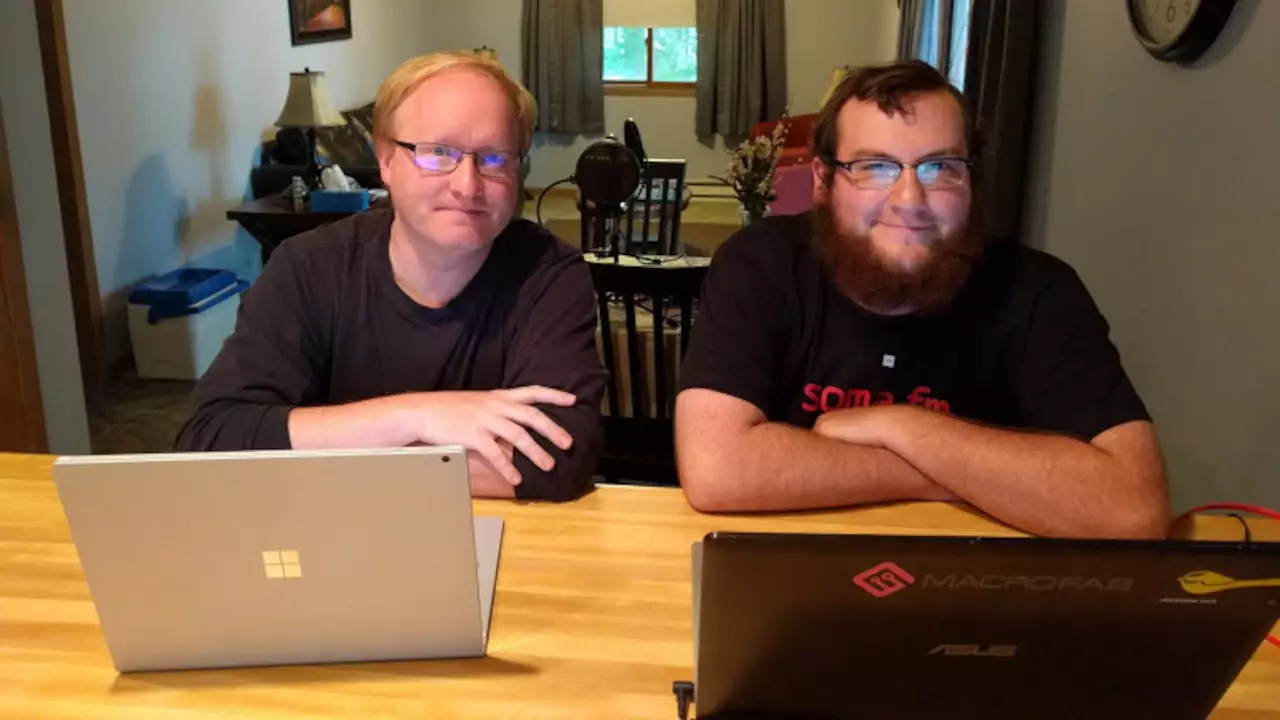
Figure 1: Ben and Parker enjoying their time off.
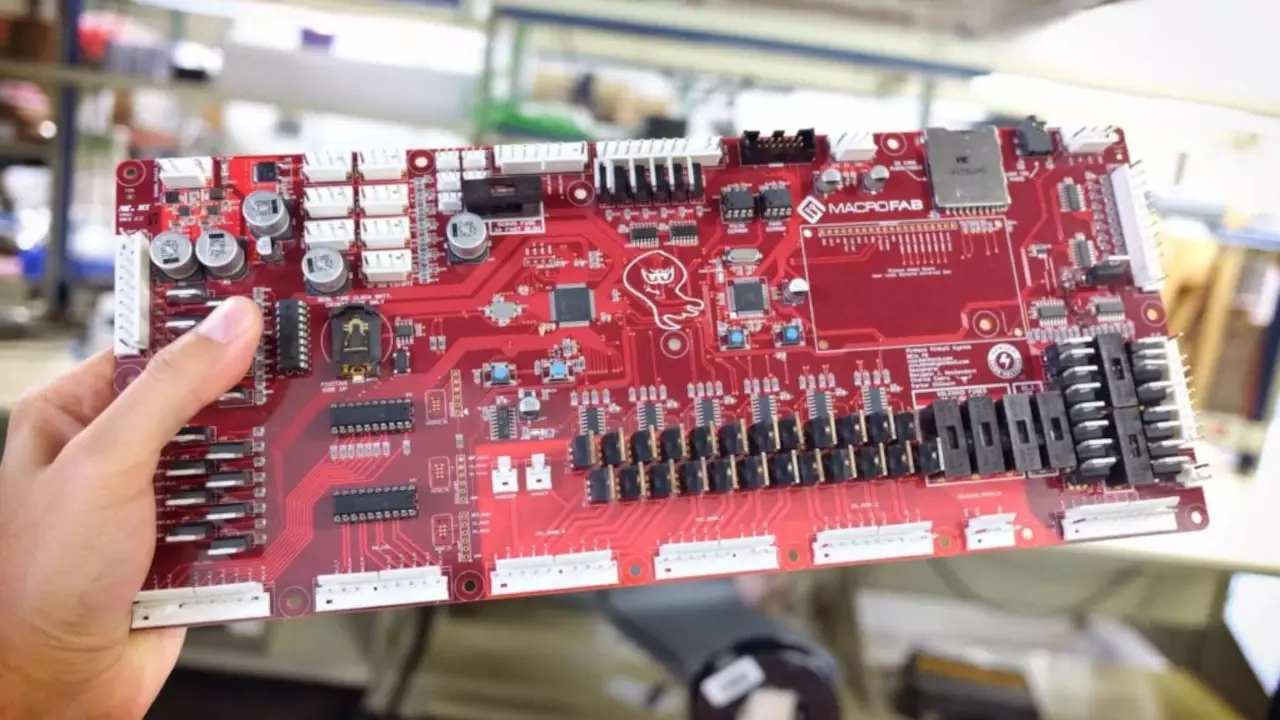
Figure 2: Pinheck pinball machine PCB. Designed by Parker and Ben.
About the Hosts

Parker Dillmann
Parker is an Electrical Engineer with backgrounds in Embedded System Design and Digital Signal Processing. He got his start in 2005 by hacking Nintendo consoles into portable gaming units. The following year he designed and produced an Atari 2600 video mod to allow the Atari to display a crisp, RF fuzz free picture on newer TVs. Over a thousand Atari video mods where produced by Parker from 2006 to 2011 and the mod is still made by other enthusiasts in the Atari community.
In 2006, Parker enrolled at The University of Texas at Austin as a Petroleum Engineer. After realizing electronics was his passion he switched majors in 2007 to Electrical and Computer Engineering. Following his previous background in making the Atari 2600 video mod, Parker decided to take more board layout classes and circuit design classes. Other areas of study include robotics, microcontroller theory and design, FPGA development with VHDL and Verilog, and image and signal processing with DSPs. In 2010, Parker won a Ti sponsored Launchpad programming and design contest that was held by the IEEE CS chapter at the University. Parker graduated with a BS in Electrical and Computer Engineering in the Spring of 2012.
In the Summer of 2012, Parker was hired on as an Electrical Engineer at Dynamic Perception to design and prototype new electronic products. Here, Parker learned about full product development cycles and honed his board layout skills. Seeing the difficulties in managing operations and FCC/CE compliance testing, Parker thought there had to be a better way for small electronic companies to get their product out in customer's hands.
Parker also runs the blog, longhornengineer.com, where he posts his personal projects, technical guides, and appnotes about board layout design and components.

Stephen Kraig
Stephen Kraig is a component engineer working in the aerospace industry. He has applied his electrical engineering knowledge in a variety of contexts previously, including oil and gas, contract manufacturing, audio electronic repair, and synthesizer design. A graduate of Texas A&M, Stephen has lived his adult life in the Houston, TX, and Denver, CO, areas.
Stephen has never said no to a project. From building guitar amps (starting when he was 17) to designing and building his own CNC table to fine-tuning the mineral composition of the water he uses to brew beer, he thrives on testing, experimentation, and problem-solving. Tune into the podcast to learn more about the wacky stuff Stephen gets up to.
Special thanks to whixr over at Tymkrs for the intro and outro!
Related Podcasts
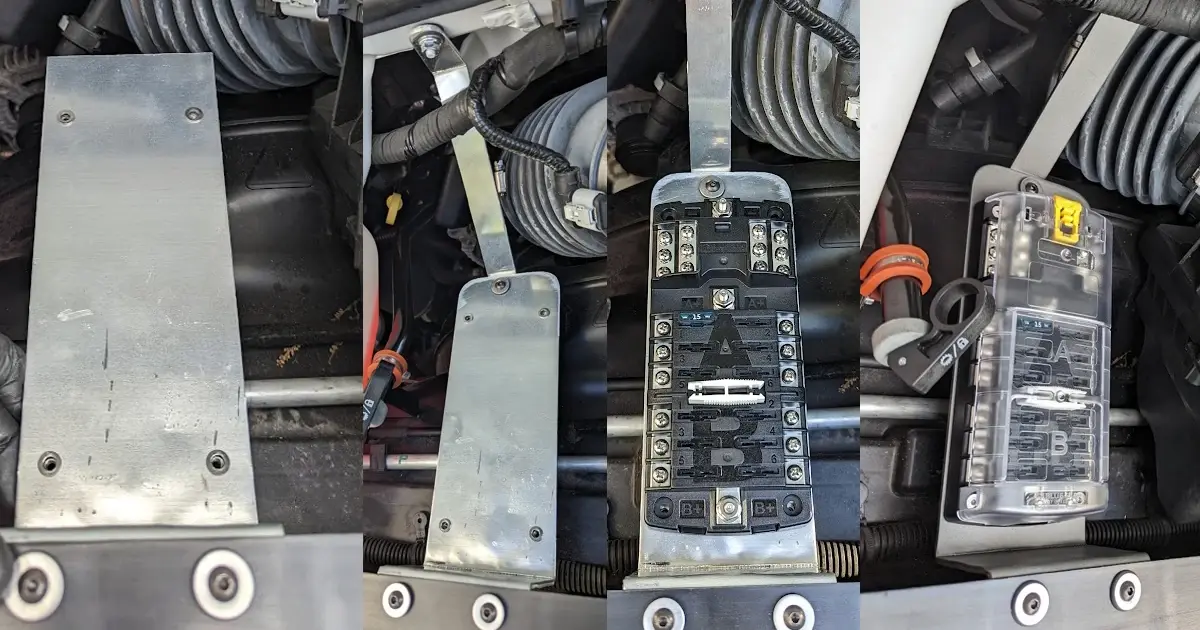
Starting From The Beginning
When did you start listening to the podcast? Have a favorite episode? Let Stephen and Parker know which is your favorite.

The Wheels Are Finally Off
How easy is it to make a retro gaming console? Stephen breaks down his design and build criteria that involves no custom PCBs.

Let’s Segway into the Next Topic
AI and ChatGPT have been in the news about how it will change world views or will it be relegated, making sure NPCs in video games don’t repeat dialog?
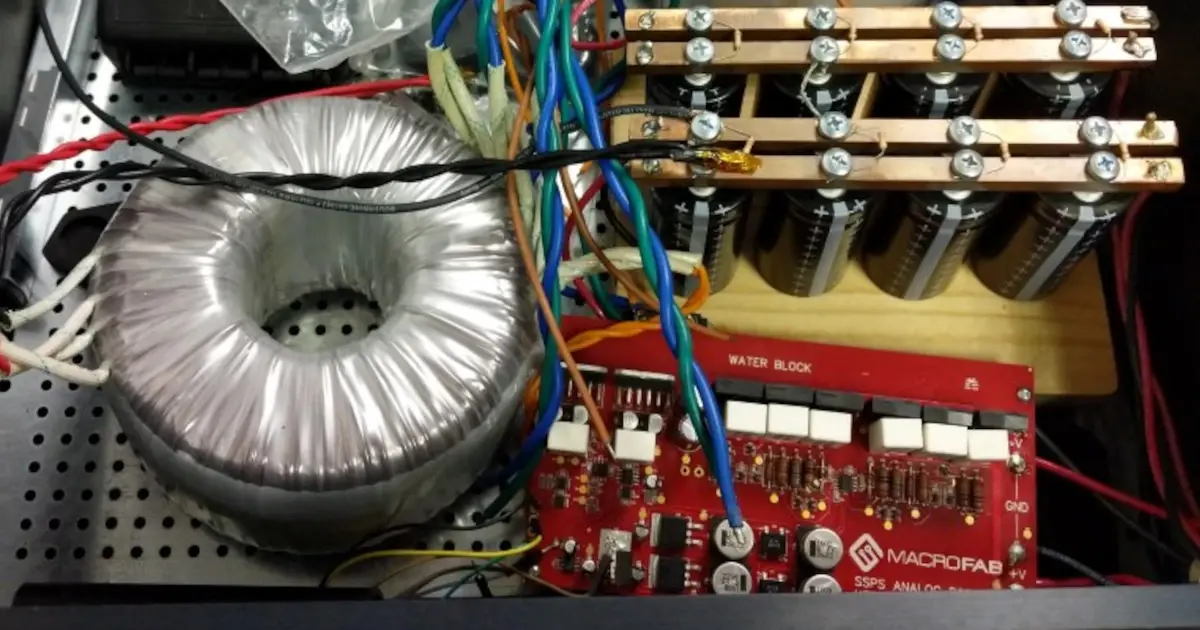
Choose Your Own Adventure Level Shifter
Parker and Stephen examine an interesting mute circuit Stephen designed for his amplifier and the SN74LVC8T245.
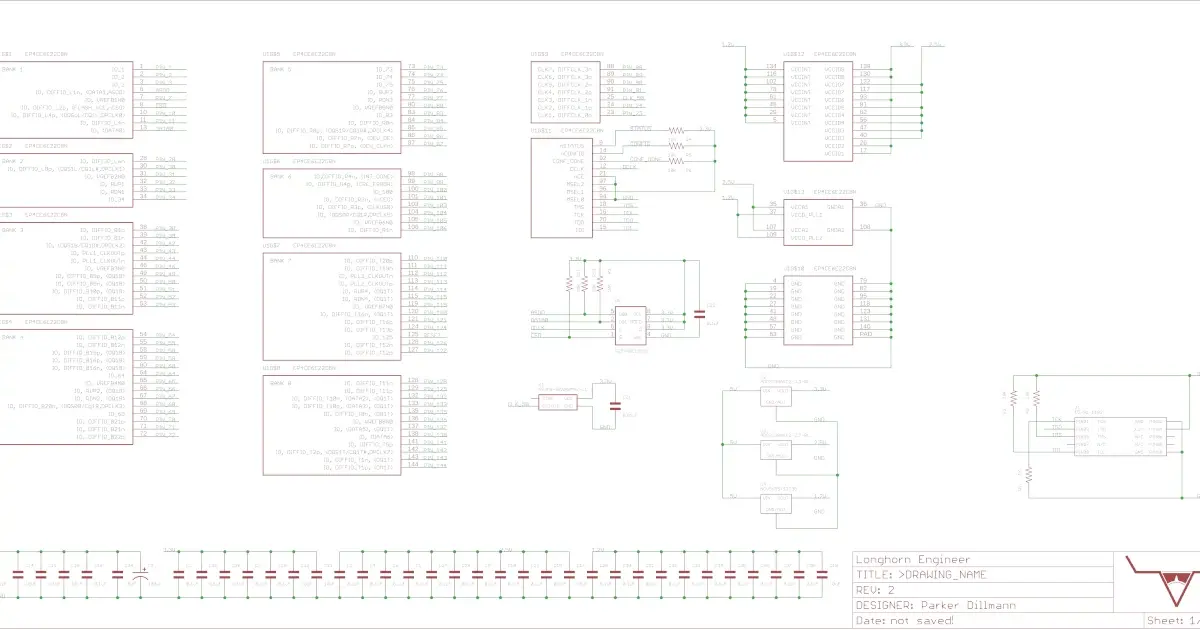
Mastery of Skills and Wonder
Parker and Stephen chat about the recent Nintendo Switch hack and Stephen moving to Colorado.
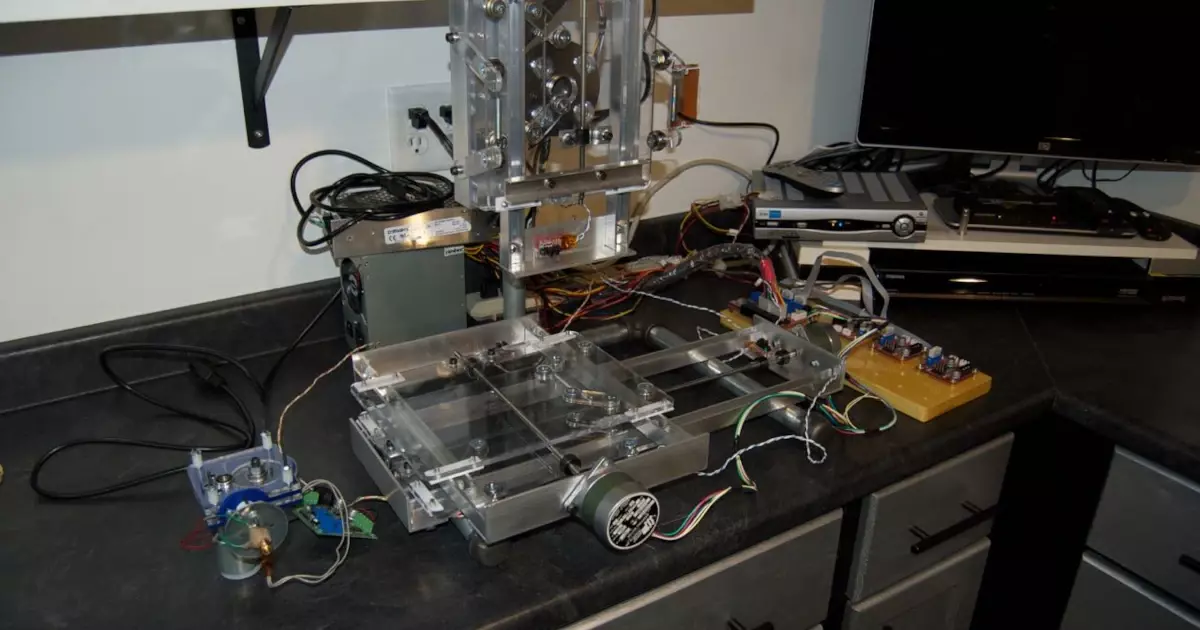
Does the Simulation Match the Reality?
Guests Ben Heckendorn and Chris Kraft discuss Spooky Pinball and the beginnings of 3D printers.
About MacroFab
MacroFab offers comprehensive manufacturing solutions, from your smallest prototyping orders to your largest production needs. Our factory network locations are strategically located across North America, ensuring that we have the flexibility to provide capacity when and where you need it most.
Experience the future of EMS manufacturing with our state-of-the-art technology platform and cutting-edge digital supply chain solutions. At MacroFab, we ensure that your electronics are produced faster, more efficiently, and with fewer logistic problems than ever before.
Take advantage of AI-enabled sourcing opportunities and employ expert teams who are connected through a user-friendly technology platform. Discover how streamlined electronics manufacturing can benefit your business by contacting us today.